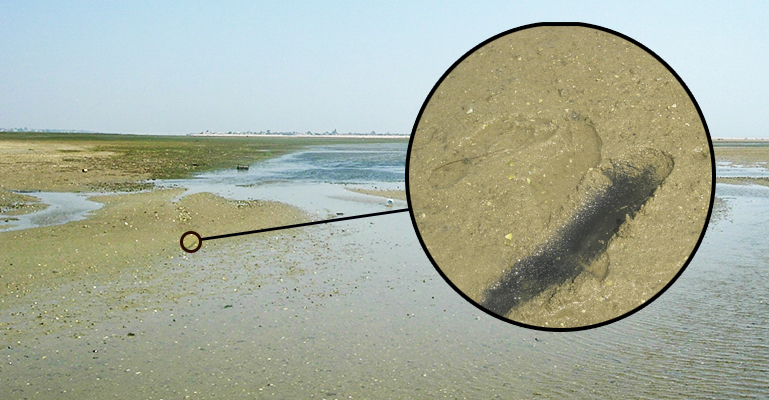A boost to sulfur metabolism
The metabolism of sulfur compounds is among the most important microbial processes sustaining life in many anoxic environments where oxygen is not present. This metabolic activity cycles sulfur between sulfate and hydrogen sulfide. Sulfate, in particular, is an extremely important molecule in the geological, biological and chemical processes of the sulfur cycle. Some anaerobic bacteria and archaea play a critical role in this cycle by reducing sulfate to hydrogen sulphide, and deriving energy from this process that is called Dissimilatory Sulfate Reduction (DSR). A key step in DSR is the reduction of sulfite, performed by the DsrAB dissimilatory sulfite reductase, together with another protein named DrsC, which in physiological conditions receives the sulfur atom before its final reduction to sulfide.
All organisms that have dsrAB genes also have the dsrC gene, but some other dsr genes with a less clear function are used as ecologic and genomic markers to differentiate between organisms with an oxidative or reductive sulfur-based energy metabolism. However, this is not always enough, and distinguishing the different types of sulfur metabolism requires a good understanding of the function performed by the proteins encoded in those genes. A prominent example is DsrD, a small protein whose function was so far unknown until the recent work of the team led by Inês Cardoso Pereira at ITQB NOVA.
The team performed several in vivo and in vitro studies to unravel the physiological function of this protein. They observed that DsrD has an important role, albeit not essential, under respiratory conditions, as its deletion severely hampered growth in sulfate reduction, but not in fermentative conditions. Further experiments confirmed that DsrD is more abundant is respiratory conditions (and absent in fermentative ones) and showed that DsrD has a high affinity for DrsAB. Finally, they worked out that DsrD acts as an activator, increasing the activity of DrsAB, thus disclosing its physiological function. Remarkably, the DsrD protein is absent in the most ancient organisms capable of sulfite reduction, revealing that it evolved later than DsrAB, to increase the efficiency of DSR.

Fig.1 - Black metal sulfides beneath the surface of this coastal marine sediment are evidence of dissimilatory sulfate reduction
Besides being responsible for half of the mineralization of marine sediments, the metabolism of sulfur compounds prevents methane emissions by its involvement in anaerobic methane oxidation, or by diverting carbon flow and energy resources from microorganisms that produce methane. Moreover, the human gut flora includes sulfate-reducing organisms, whose production of sulfide has been associated with inflammatory bowel diseases and cancer.
Inês Cardoso Pereira, leader of the Bacterial Energy Metabolism lab, believes that “this study deepens our knowledge of microbial sulfur metabolism and is an important step forward in understanding DSR. The presence of dsrD together with other dsr genes can now be taken as evidence for a reductive sulfur metabolism, which may also be part of a disproportionating scheme, where a sulfur compound is both oxidized and reduced.”
Original Paper
PNAS | https://www.pnas.org/content/119/4/e2118880119/tab-article-info
The DsrD functional marker protein is an allosteric activator of the DsrAB dissimilatory sulfite reductase
Delfim Ferreira*, Ana Catarina C. Barbosa*, Gonçalo P. Oliveira, Teresa Catarino, Sofia S. Venceslauǂ, Inês A. C. Pereiraǂ
*both authors contributed equally to this work
ǂ corresponding authors
DOI: 10.1073/pnas.2118880119







